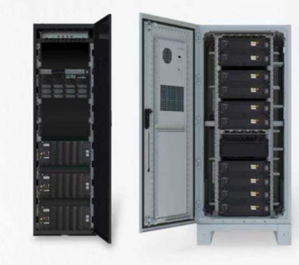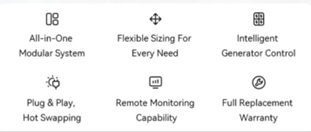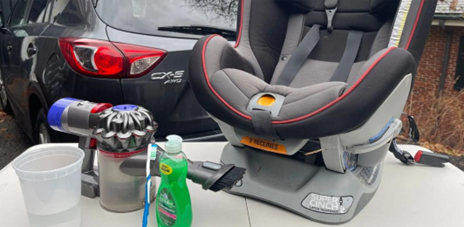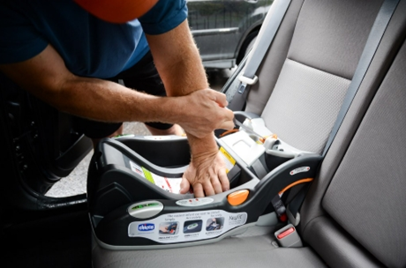A solar roof, also known as a solar panel roof or photovoltaic roof, is a roofing system that uses solar panels or solar tiles to capture solar energy. Solar panels are intended to absorb sunlight and convert it into electricity, which may then be utilized to power a building or stored in batteries for later use. Solar roofs are regarded as a sustainable and renewable energy option since they harness clean solar energy and lessen reliance on traditional energy sources. Choosing a solar roof requires consideration of several important factors, this article will help you make an informed decision.
10 Tricks on How to Choose a Solar Roof Wisely
Assess your energy needs
Start by evaluating your current energy consumption. Understand how much electricity you use on a monthly or annual basis. This will help determine the size and capacity of the solar system you’ll need to meet your energy needs.
Evaluate your roof’s suitability
Assess the suitability of your roof for solar installation. Consider factors such as roof orientation, age, shading from trees or nearby buildings, and structural integrity. Ideally, your roof should have ample unshaded space with a south-facing or west-facing orientation to maximize solar exposure.
Calculate your solar potential
Utilize solar potential calculators or consult a solar professional to estimate the solar energy potential of your location. Factors such as the amount of sun your area receives, average temperatures, and local weather patterns can affect solar energy generation.

Set your budget
Determine your budget for solar roof installation. Consider the upfront costs, available financing options, potential return on investment, and long-term savings. Explore available government incentives, tax credits, and rebates that can help offset the initial costs.
Research solar providers
Research reputable solar providers in your area. Look for companies with experience, positive reviews, and certifications. Compare their offerings, warranties, installation quality, and customer support. Request multiple quotes to ensure you’re getting competitive pricing.
Consider solar roof types
Explore different solar roof options. Traditional solar panels can be installed on existing roofs, while solar tiles or integrated solar panels are designed to mimic the appearance of traditional roofing materials. Consider the aesthetics, durability, and energy production capabilities of different options.
Review system components
Understand the components of a solar roof system, including the solar panels, inverters, racking, and monitoring equipment. Evaluate the quality, efficiency, and warranties of these components.
Assess maintenance and warranty
Inquire about the maintenance requirements of the solar roof system and the warranties provided by the manufacturer and installer. Ensure you understand the terms and coverage of the warranties and any ongoing maintenance responsibilities.
Seek professional advice
Consult with a solar professional or installer to assess your specific needs, answer questions, and provide guidance. They can conduct a site visit, perform a detailed analysis, and offer personalized recommendations based on your energy requirements and roof characteristics.
Make an informed decision
Review all the gathered information, including costs, potential savings, solar potential, and product options. Consider the long-term benefits and impact on your quality of life. Take your time to make a well-informed decision that aligns with your priorities and budget.

Conclusion
Remember, investing in a solar roof is a long-term commitment, so it’s essential to assess energy needs, calculate solar potential, set your budget, consider solar roof types, gather multiple quotes, and consult with professionals to ensure you choose the best solar roof system for your specific needs. Choose the best solar roof for you after examining a variety of factors so that you may get the greatest advantages. What are you waiting for? Choose your solar roof!






